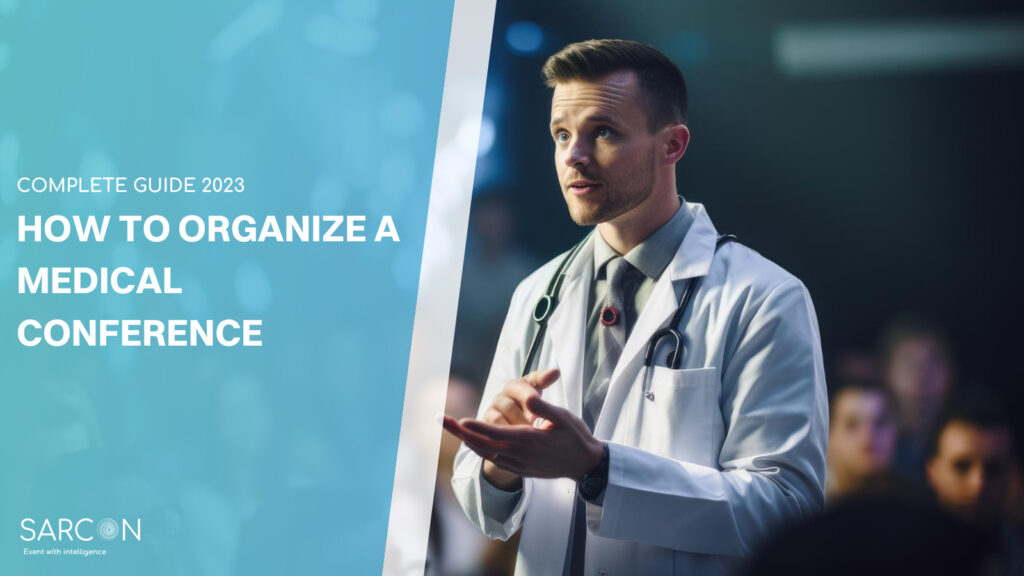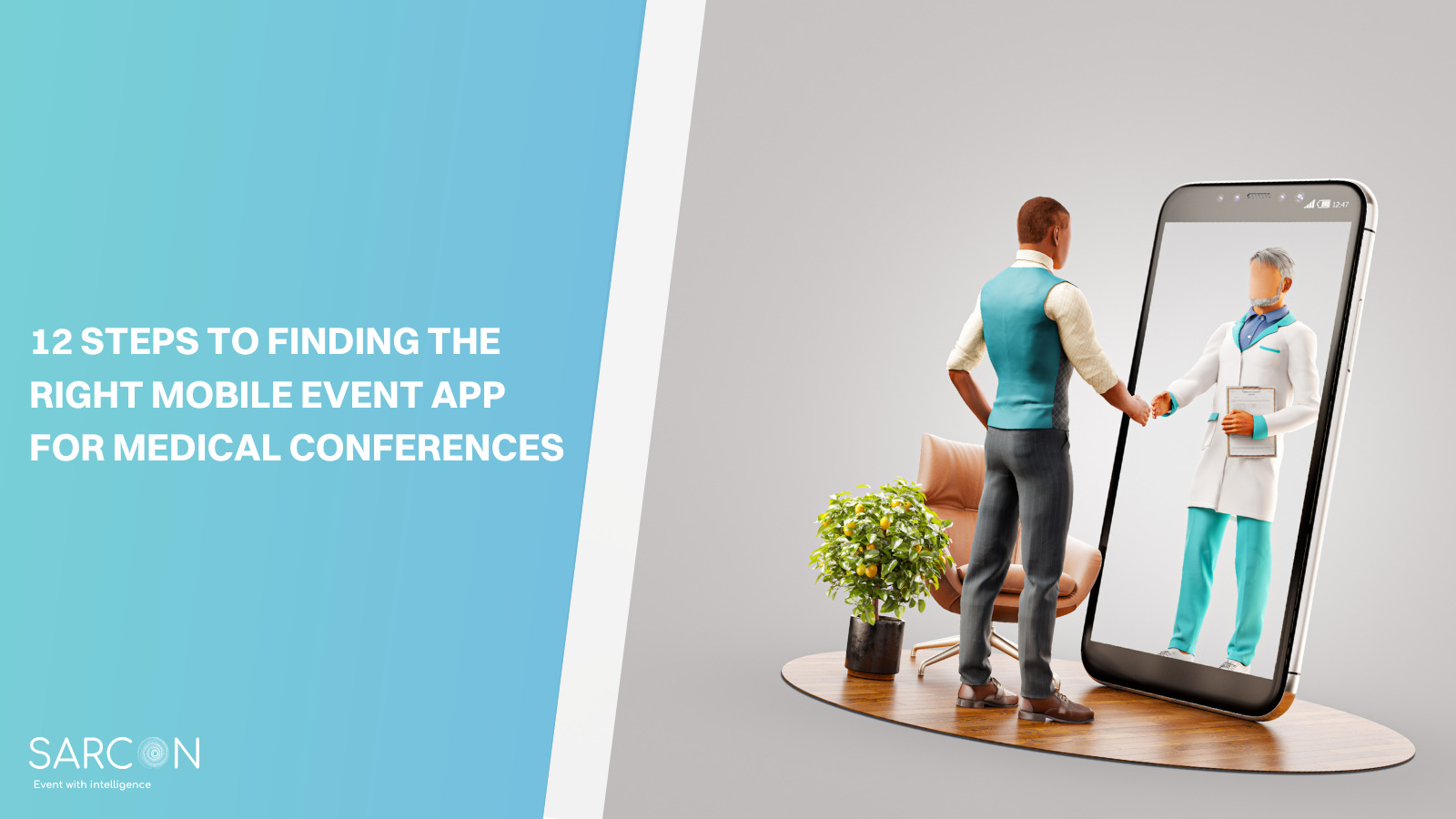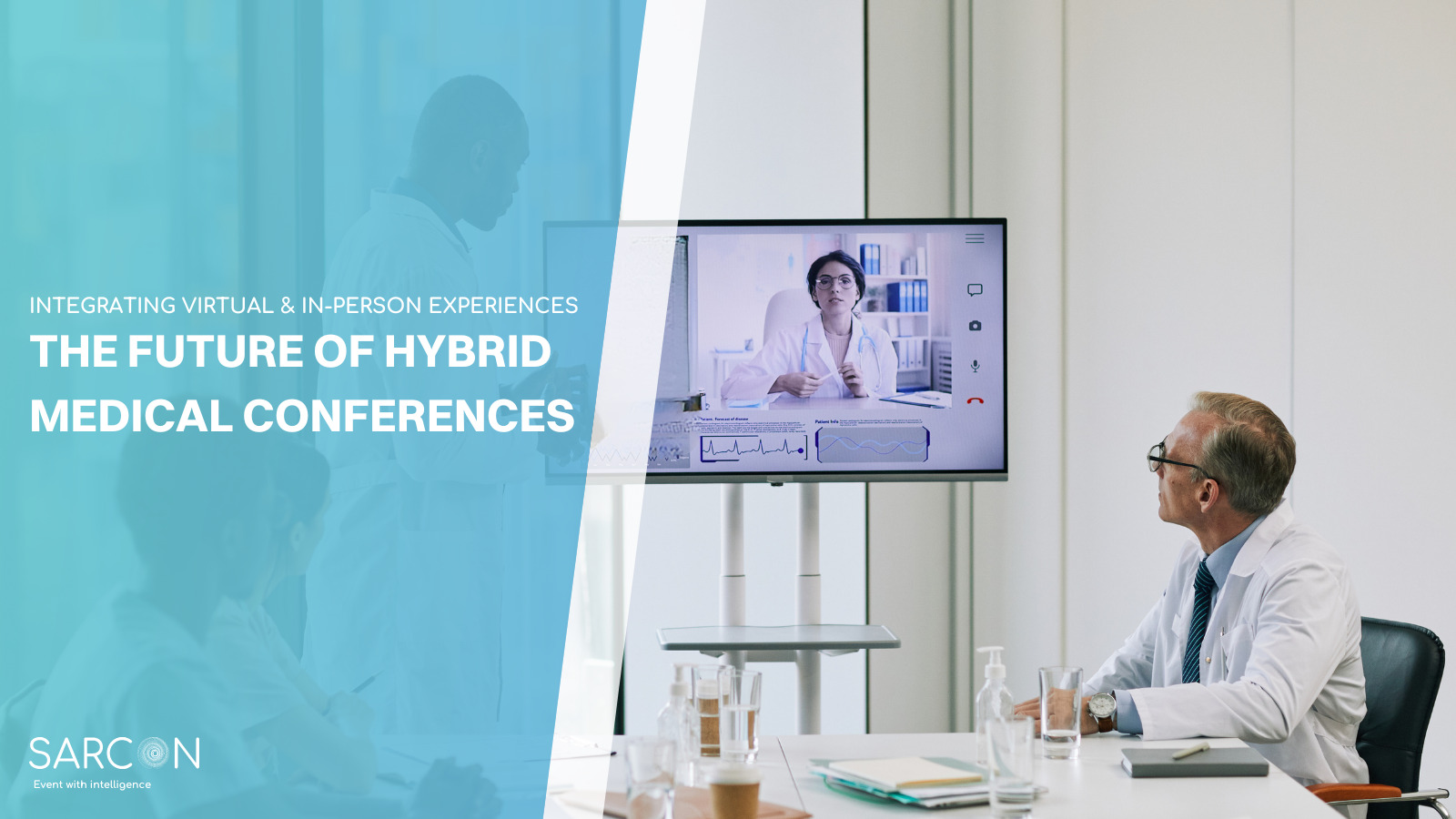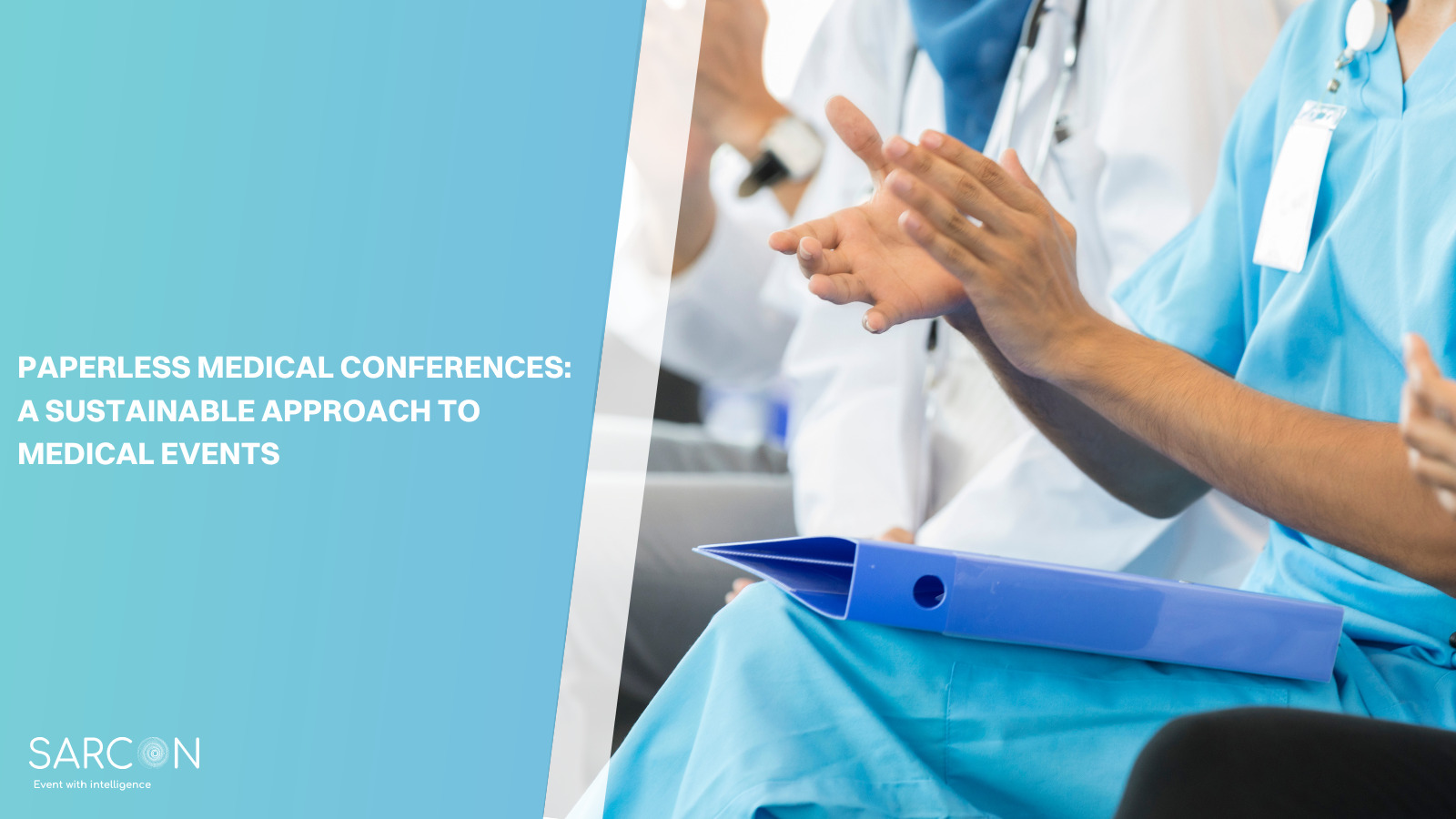In the fast-evolving landscape of healthcare, the importance of knowledge sharing, networking, and collaboration cannot be overstated. Medical conferences serve as the crucible where breakthroughs are unveiled, new ideas germinate, and professionals come together to advance the field. As we step into 2023, the world of medical conferences is poised for transformation, driven by advancements in technology, shifting healthcare paradigms, and the ever-growing need for interdisciplinary dialogue.
If you’re looking to organize a medical conference in 2023, you’re in the right place. This comprehensive guide is your roadmap to success, offering insights, strategies, and best practices that will empower you to plan and execute a conference that not only meets but exceeds the expectations of your attendees.
Step 1: Define Your Objectives
Before diving into the logistics, it’s crucial to clearly define the objectives of your medical conference.
Consider the following questions:
- What is the primary goal of the conference? Is it to disseminate research, educate attendees, or promote networking?
- Who is your target audience? Physicians, researchers, healthcare administrators, or a mix of professionals?
- What is the scope and theme of the conference? Are there specific topics or trends you want to focus on?
Having a clear understanding of your objectives will guide your decisions throughout the planning process.
Tip: Engage key stakeholders and potential attendees early in the process to gather input on the conference’s purpose. This not only ensures alignment with their expectations but also generates initial interest.
Step 2: Establish a Planning Committee
Assembling a capable planning committee is essential. This group of individuals should have diverse skills, including event planning, marketing, logistics, and medical expertise. Assign roles and responsibilities to ensure smooth coordination.
Tip: Select committee members who have experience in organizing medical conferences or events. Regular communication and clearly defined roles will help maintain efficiency throughout the planning process.
Step 3: Budgeting
Determine your conference budget early in the planning process. Consider all potential expenses, including venue rental, catering, speaker fees, marketing, and technology needs. Seek sponsors and explore grant opportunities to offset costs.
a. Expense Identification: List all potential expenses, including venue rental, catering, speaker fees, marketing materials, technology, transportation, and staff salaries.
b. Revenue Sources: Explore multiple revenue sources, such as registration fees, sponsorships, exhibitor fees, and grant opportunities. Seek out partnerships and sponsorships from relevant healthcare organizations and companies.
Tip: Build a detailed budget spreadsheet that accounts for all potential expenses and allocate a contingency fund for unforeseen costs. Seek out partnerships and sponsors to ease financial burdens.
Step 4: Choose a Date and Location
Selecting the right date and venue is a critical decision that impacts attendance and overall experience.
a. Date Considerations: Check for potential scheduling conflicts with other medical conferences or major events in the industry. Aim for a date that accommodates the availability of key speakers and aligns with your objectives.
b. Venue Selection: Choose a venue that can comfortably accommodate your expected number of attendees and has appropriate facilities. Consider accessibility, transportation options, and proximity to accommodations.
Tip: Be mindful of public holidays and local events that could affect attendance or availability of services. Negotiate with the venue for favorable terms and consider the ease of transportation and parking.
Step 5: Secure Speakers and Topics
Identify and invite keynote speakers and panelists who are experts in your field. Ensure that the topics they will cover align with your conference’s objectives and theme. Communicate early and confirm their participation well in advance.
Tip: When inviting speakers, clearly outline your expectations regarding presentation content, format, and duration. Provide them with ample preparation time and guidelines for audience engagement.
Step 6: Program Development
A well-structured program ensures that attendees get the most out of the conference.
a. Diverse Content: Design a program that includes a mix of keynote presentations, workshops, panel discussions, and networking sessions. Allocate adequate time for Q&A and audience engagement.
b. Detailed Schedule: Create a detailed schedule that outlines the timing of each session, speaker information, and topics covered. Share this schedule with speakers and attendees in advance to help them plan their participation.
Tip: Create a visually appealing program schedule and distribute it in advance to attendees. Ensure that sessions flow smoothly and avoid overloading the agenda.
Step 7: Registration and Promotion
Effective promotion and registration processes are key to attracting attendees.
a. User-Friendly Website: Develop a conference website that provides essential information, including registration details, program schedule, and speaker bios. Ensure that the registration process is straightforward and can handle online payments securely.
b. Multi-Channel Promotion: Promote your event through various channels, including social media, email marketing, industry publications, and collaboration with medical associations. Consider offering early-bird registration discounts to incentivize early sign-ups.
Tip: Implement a tiered pricing structure with early-bird discounts to incentivize early registration. Leverage partnerships with medical associations and industry publications for broader exposure.
Step 8: Technology and Logistics
Smooth logistical operations and appropriate technology support are vital for a successful conference.
a. Audio-Visual Equipment: Ensure that the venue is equipped with the necessary audio-visual equipment for presentations and live streaming if applicable. Test all technology in advance to prevent technical glitches during the conference.
b. Registration Systems: Implement efficient registration systems that allow for easy check-in and badge printing. Have a dedicated tech support team on-site to address any technical issues that may arise.
Tip: Conduct thorough tech rehearsals and test all equipment before the conference to avoid any technical glitches. Assign a dedicated team for tech support during the event.
Step 9: Accommodations and Travel
If your conference attracts attendees from outside the local area, provide support for accommodations and travel arrangements.
a. Accommodation Partnerships: Partner with nearby hotels to offer discounted rates to attendees. Negotiate special deals that include shuttle services to the conference venue if possible.
b. Travel Information: Provide information on the nearest airports, public transportation options, and local attractions to help attendees plan their travel.
Tip: Consider shuttle services or transportation options between the hotel and the conference venue for added convenience. Offer guidance on local attractions and dining options.
Step 10: Sponsorships and Exhibitors
Sponsorships and exhibitors can enhance the conference experience and contribute to revenue.
a. Sponsorship Packages: Develop a range of sponsorship packages that offer different levels of exposure and benefits to sponsors. These may include logo placement, speaking opportunities, and exhibit space.
b. Exhibition Spaces: Designate areas for exhibitors to showcase their products or services. Ensure they receive adequate recognition and support to maximize their participation.
Tip: Clearly communicate the benefits of sponsorship, such as increased visibility and networking opportunities. Offer sponsors opportunities to showcase their products or services in a meaningful way.
Step 11: On-Site Management
Efficient on-site management ensures a smooth conference experience.
a. Registration Desk: Set up a registration desk staffed with trained personnel to handle check-ins, provide badges, and address attendee inquiries.
b. Session Coordination: Coordinate sessions, workshops, and panel discussions to start and end on time. Ensure speakers have the resources they need for their presentations.
c. Technical Support: Have a dedicated team to address any technical issues that may arise, from AV equipment malfunctions to internet connectivity problems.
d. Attendee Assistance: Provide assistance to attendees with special needs, questions, or concerns. Ensure that emergency procedures are in place and communicated.
Tip: Train your on-site team thoroughly and ensure they are well-versed in event logistics. Develop a comprehensive contingency plan and distribute it to team members for reference.
Step 12: Evaluation and Follow-Up
Gathering feedback and following up with participants are critical for continuous improvement.
a. Attendee Feedback: Collect feedback from attendees through surveys or evaluations. Analyze the data to identify strengths and areas for improvement in future conferences.
b. Thank-You Notes: Send thank-you notes to speakers, sponsors, exhibitors, and attendees to express appreciation for their participation and support.
c. Follow-Up Communications: Send follow-up emails with conference materials, presentation slides, and links to recorded sessions. Keep the lines of communication open for future collaborations or events.
Tip: Use online survey tools to gather feedback efficiently. Promptly send thank-you notes and follow-up emails to participants, including conference materials and resources.
Step 13: Documentation and Reporting
Compile all conference materials and data into a comprehensive report.
a. Conference Materials: Gather all presentations, session recordings, photographs, and attendee lists. Organize these materials for future reference.
b. Data Analysis: Analyze the data collected during the conference, including registration numbers, attendee demographics, and feedback. Use this information to refine future conferences.
Tip: Summarize key takeaways and action items in your report, providing a roadmap for future conferences. Highlight success stories and testimonials from attendees and sponsors.
Step 14: Continuous Improvement
Take the lessons learned from this conference and apply them to future events.
a. Post-Conference Review: Conduct a thorough post-conference review with your planning committee. Discuss successes, challenges, and opportunities for improvement.
b. Incorporate Feedback: Incorporate feedback and lessons learned into the planning process for the next conference. Continuously seek ways to enhance the attendee experience and the impact of your medical conferences.
Tip: Establish a feedback loop with your planning committee and key stakeholders to discuss what worked well and what can be enhanced. Keep an eye on emerging technologies and educational formats to keep your conference fresh and engaging.
Conclusion
Organizing a medical conference in 2023 is a multifaceted endeavor that requires careful planning and execution. By following these steps and staying adaptable to changing circumstances, you can create a valuable and impactful event that benefits both your organization and the healthcare community at large. Remember, the success of your conference ultimately depends on your dedication to achieving its objectives and providing a rewarding experience for all participants.
FAQs
How far in advance should I start planning a medical conference?
Begin planning at least 12-18 months before the desired conference date to allow ample time for preparations, securing speakers, and marketing.
What is the ideal duration for a medical conference?
The ideal duration depends on your conference’s goals and agenda. However, most medical conferences span two to three days to allow for in-depth discussions and networking.
How can I attract sponsors for my medical conference?
Identify potential sponsors within the healthcare industry and craft compelling sponsorship packages that showcase the value of partnering with your event.
How do I ensure a smooth check-in process for attendees?
Invest in event management software that offers streamlined registration and check-in solutions, reducing wait times and enhancing attendee experience.
How can I attract international attendees to my conference?
To attract international attendees, consider offering translation services, promoting the conference through international medical associations, and highlighting globally relevant topics.
What are some unique conference ideas to make my event stand out?
Unique ideas include incorporating hands-on workshops, panel discussions with patient perspectives, and interactive technology showcases.
How can I handle unexpected challenges during the conference?
Create a crisis management plan in advance, appoint a dedicated team to handle emergencies, and have contingency plans for common issues like technical glitches or schedule changes.



